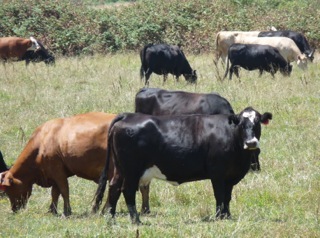UC Launches COVID-19 Prevention Survey on Farms
UC Conducts Survey of COVID-19 Prevention on Farms
By Pam Kan-Rice, UCANR, Assistant Director, News and Information Outreach
All California growers, ranchers, farm labor contractors and ag supervisors are invited to complete a short survey about their experiences addressing COVID-19 in the workplace. The survey is being conducted by the UC Davis Western Center for Agricultural Health and Safety.
The survey is anonymous, should take less than 10 minutes to complete, and is available in English and Spanish at https://bit.ly/agCOVIDsurvey.
“At the UC Davis Western Center for Agricultural Health and Safety, we are working to respond to the COVID-19 crisis with practical resources for growers, ag employers, and farmworkers,” said Heather E Riden, agricultural health and safety program director. “The goal of this survey is to understand what practices farms are implementing to prevent COVID-19, where they have seen success, and where there may be challenges. We will take this information to assess whether there are new resources, trainings or information that we can provide.”
Respondents are given the opportunity to share their contact information at the end of the survey.
“We plan to share any findings as well as new materials with anyone who expresses interest,” Riden said. “We will also summarize the results and post them on the WCAHS website.”
For more information about the survey, contact aghealth@ucdavis.edu.
Visit https://aghealth.ucdavis.edu/

















